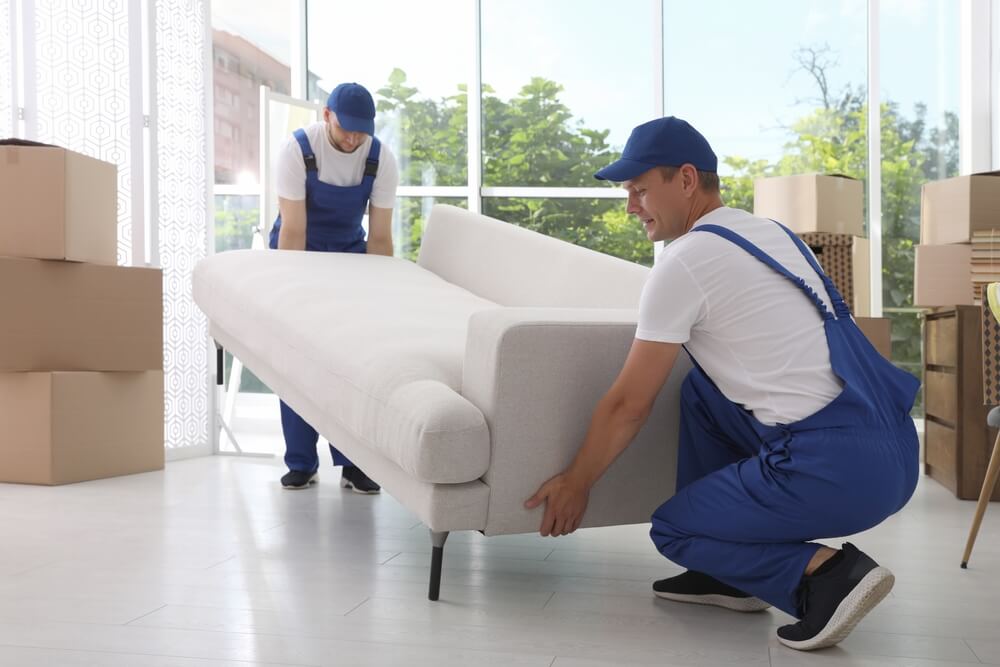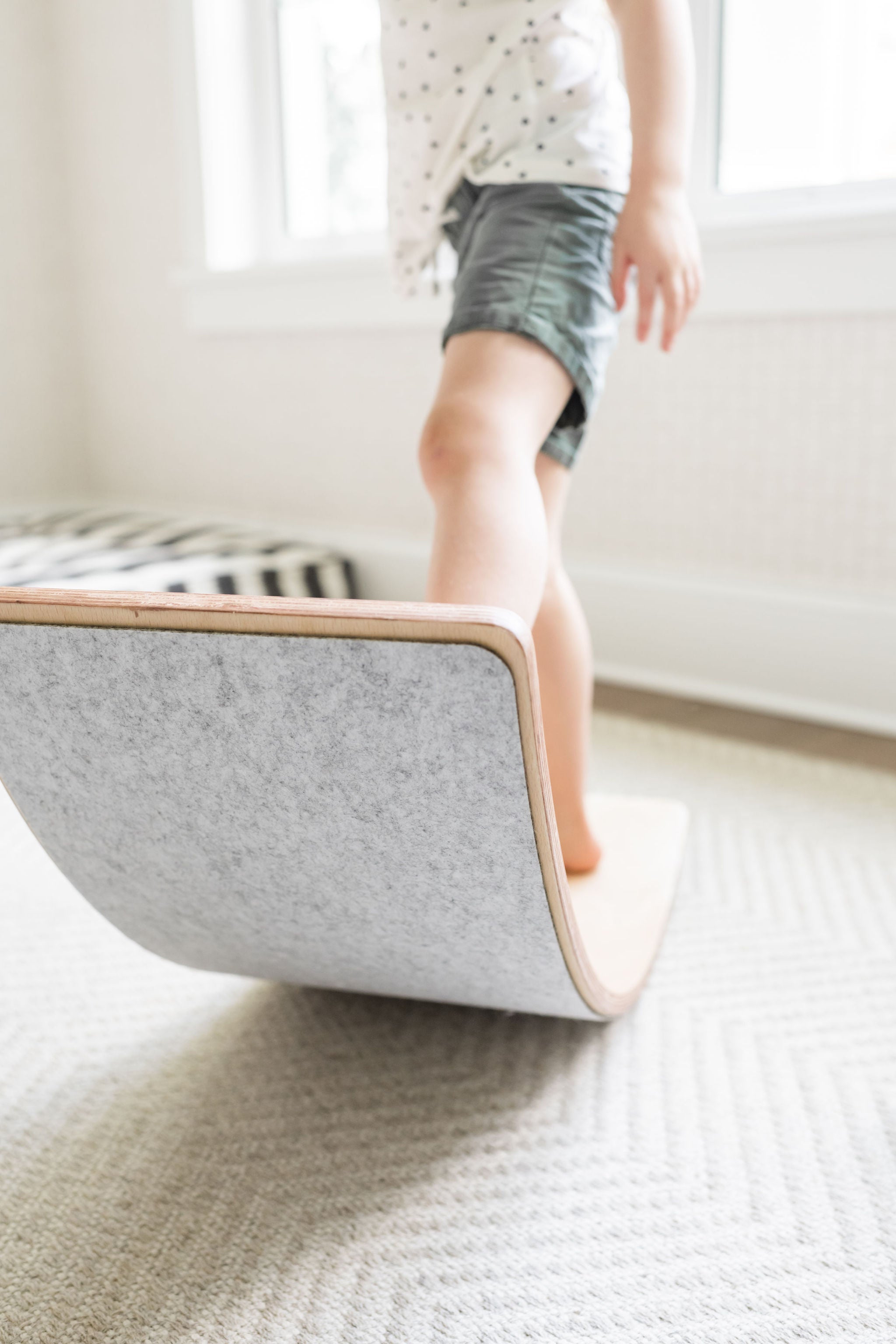Imagine getting up everyday in a vivid community that balances contemporary convenience with all-natural appeal– where services, way of life, and community spirit merge perfectly. Sounds attractive, best? Yet what exactly makes a community like Talise stand apart? If you’re seeking a thorough Talise community overview to recognize what life could be like there, you’re in the right area.
Whether you’re thinking about moving, investing, or simply exploring brand-new places to call home, comprehending the nuances of a community is vital. So, what’s really behind the buzz around Talise? Let’s delve in and discover what makes this community special.
What Is Talise?
Talise is a thoughtfully created residential community focused on using a blend of luxury, comfort, and a vivid way of living. Located in a tactical area, Talise caters to individuals and families looking for a well balanced, top quality living atmosphere. Its advancement viewpoint stresses community-centered living, matched by lovely surroundings and contemporary services.
To get a full picture, discover Talise community overview, where you can locate in-depth insights about staying in this community.
Secret Attributes of Talise Community
The allure of Talise hinges on its varied offerings and mindful preparation. Here are the core aspects that define this community:
1. Prime Location
Among the most significant tourist attractions of Talise is its calculated area. It provides simple accessibility to major freeways, employment hubs, shopping mall, and recreational locations. This perfect positioning makes certain homeowners can enjoy ease without sacrificing harmony.
2. Diverse Housing Options
Talise offers a range of housing alternatives matched to various way of livings. These include contemporary single-family homes, townhouses, and house devices. Houses are developed with high quality surfaces, large formats, and energy-efficient features– accommodating households, songs, and retired people alike.
3. Facilities and Lifestyle
Living in Talise indicates access to a wide range of services:
Swimming pools and gym
Parks and play areas for children
Strolling and cycling trails
Clubhouses and community occasion areas
Protected gated entries
These features promote social connections and advertise a healthy and balanced, active way of life for all homeowners.
4. Community Environment
A key element of the Talise community is its emphasis on developing a welcoming, involved atmosphere. Normal community events, celebrations, and clubs urge locals to build lasting partnerships– transforming neighbors into close friends.
5. Sustainability and Environment-friendly Areas
Talise is committed to sustainability via environment-friendly areas and environment-friendly design. Parks, designed gardens, and ecologically aware building and construction practices contribute to an inviting, natural setting that improves quality of life.
What Makes Talise Stand Out?
Beyond its features, a number of aspects established Talise in addition to other communities:
Safety and Security
With gated access, 24/7 safety and security patrols, and advanced monitoring systems, locals can enjoy satisfaction– allowing them to unwind and focus on their daily lives.
Access and Connection
In spite of its tranquil environment, Talise provides excellent connectivity to neighboring urban facilities, making commutes convenient and making it possible for locals to benefit from city amenities without sacrificing a tranquil living setting.
Investment Possible
Thanks to its tactical area and growing appeal, residential or commercial properties in Talise commonly appreciate in value, making it an attractive option for both property owners and investors looking for long-term gains.
Focus on Community Wellbeing
The community emphasizes health and wellness, offering outside spaces made for relaxation and exercise, along with social programs that boost homeowners’ general lifestyle.
Who Is Talise Perfect For?
Not every community is the ideal suitable for everyone, but Talise deals with a broad demographic:
Families: Large homes, risk-free neighborhoods, and family-friendly features make it optimal for raising children.
Young Experts: The community’s location and contemporary attributes interest those looking for benefit and a lively social scene.
Retired people: Peaceful streets, environment-friendly rooms, and accessible amenities give a serene environment suited for elders.
Investors: The solid growth capacity makes Talise a encouraging property genuine estate financial investment.
Why Discover more Regarding Talise?
If you’re looking for a community that incorporates comfort, connectivity, and community spirit, comprehending what makes Talise special is critical. Its critical place, differed services, and concentrate on community wellness make it a engaging choice for lots of.
For a detailed take a look at what living in Talise requires, visit Talise community overview. Discover just how this community may straighten with your way of living and future strategies.
Last Thoughts
A lively community isn’t nearly services; it has to do with a feeling of belonging, benefit, and quality of life. Talise exemplifies these high qualities, offering citizens a well balanced, fulfilling living setting. Leaning into its staminas, it’s no wonder that even more people aspire to find out about what it provides and take into consideration making it their home.









